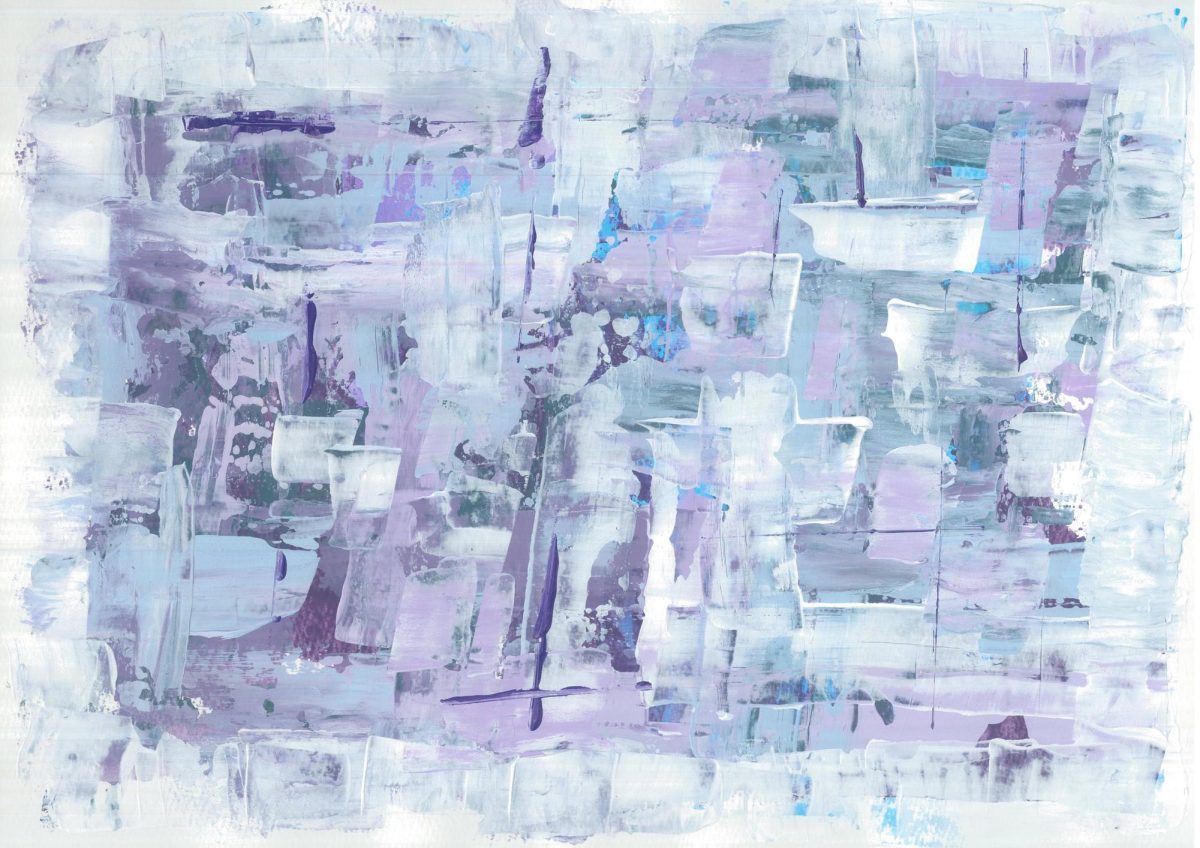With the recent proliferation of AI-generated content, the boundaries of plagiarism and the validity of AI-generated work have been called into question. Arguments have emerged concerning the use of artificial intelligence in both academic and professional contexts, from talks of complete bans of all AI software, to questions of whether work that has been altered or inspired by AI is still the authentic work of the author.
As of now, ASIJ’s stance on artificial intelligence is fluid; changes are constantly being made to our policies concerning AI. How should we define plagiarism in an artistic context? How can we differentiate between inspiration and plagiarism when it comes to art?
Many artists have argued that almost no art is genuinely original. The very nature of art is reliant on the human experience, which does not exist without the influence of others around us. Art styles, mediums, and interpretations are constantly evolving and building off of existing work.
Artistic eras such as the Impressionist and Renaissance eras would not exist if artists were completely barred from taking inspiration from the art they saw around them. Perhaps it is not even possible to have original ideas when we are constantly bombarded with influences.
Whether one chooses to believe in original thought or not, we have to admit that as human beings, there is no way for us to be totally objective and uninfluenced by the art and people we see around us. As Austin Kleon put it in his book Steal Like An Artist, “nothing is original.”
We cannot ignore the influence of the precedents of our work. So how can we define plagiarism in art? What is the distinction between stealing concepts and simply taking inspiration from them?
One type of plagiarism is outright art theft. This involves reprinting or publishing the entirety of another artist’s work and taking credit for it. While there is a very clear definition of art theft, the line between inspiration and plagiarism begins to blur when it comes to tracing or using the composition of another artist’s work.
Simply recoloring or redrawing an existing photograph or artwork without the consent or crediting of the original artist is often not sufficient for the new artwork to be considered original. Adopting the art style or concepts of an artwork is one thing, but using the exact shapes and composition of it is completely another.
Ultimately, there is no clear line discerning the exact limits that classify plagiarized art. But what about AI art? Is it possible to plagiarize art that has been generated by an AI software? And is AI art software plagiarizing actual artists’ works? What are the impacts and moral ramifications of the spread and rising accessibility of AI art?
In January of this year, three artists, Kelly McKernan, Sarah Andersen, and Karla Ortiz, filed a lawsuit against three different AI-generation sites that had been accused of using their art, along with the images of millions of other artists, photographers, and content creators, in generating new artworks based on prompts that users would input. These creators receive no compensation or recognition for the work that is being used, and many AI-powered engines are even capable of capturing the essence and particular styles of specific artists.
Further, AI-generated art has been criticized for reducing the availability of jobs for freelance artists, particularly in groups of artists who make a large portion of their income through commissioned art, based on requests by clients. Especially for small artists that haven’t yet established a professional name for themselves, commissions can play a very important role in their art sales.
So how does AI play into this? Most AI art sites are based around a system of a prompt, or request, from the user, meaning that people are given very affordable access to a site that allows them to receive artificially produced artwork that is catered to their requests. This means that it suddenly becomes far quicker, easier, and cheaper to use an AI generator to produce artworks or compositions than to commission or request art from an up-and-coming artist.
Largely, however, AI art is unable to fully capture the essence of genuine human touch when it comes to producing meaningful artwork. AI is still a flawed and unrefined technology, and frequently the final product of an AI artwork is unsatisfactory.
Artists themselves, on the other hand, are typically discouraged from using AI in order to inform the compositions or concepts behind their artworks. Relying too heavily on AI can damage one’s ability to conceptualize new works on one’s own, as is the case with most creative work, such as writing or research projects. When we allow ourselves to become used to the ability to simply ask AI for an idea, a composition, a visualization, we lose the ability to create them ourselves.
Regardless, as AI continues to develop and evolve, the arguments surrounding the topic will continue to change. Perhaps one day, artists and writers will, indeed, be put out of a job due to the superiority of artificial intelligence, however until that day comes, the human touch will continue to provide more comfort and creativity than a computer can.


